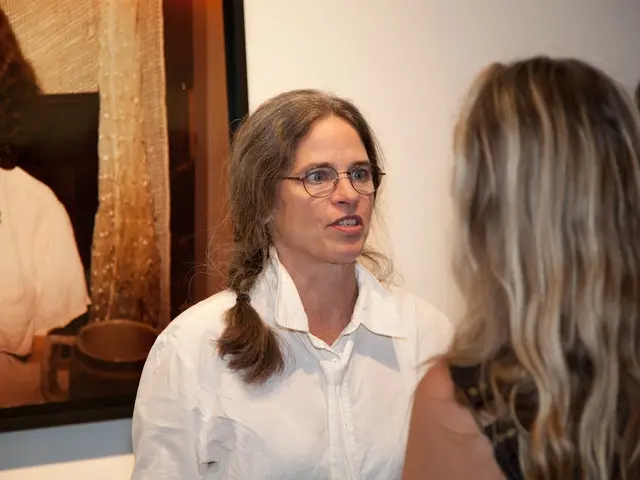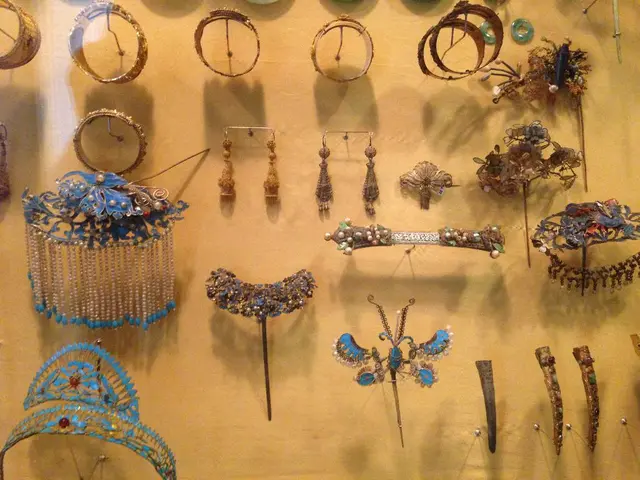Unconventional Decisions in Home Design that Professional Decorators Typically Avoid
In the world of design, home isn't just a place to rest. It's a playground for innovation, a testing ground for new ideas, and a workshop for refining one's unique style. But even the most daring designers admit that there are certain decisions that are best avoided. Here's a sneak peek at what home experts can't wait to bid farewell to in 2025.
On the Shelves: Ripping Open Shelving Apart
Georgia designer Lesley Myrick is a fan of open shelving in concept but not practice. "They look smashing in those picture-perfect magazine spreads," she confesses. Yet, in the real world, open shelves become "a hot mess of mismatched mugs and dust." Instead, she suggests the "clean, sane look" of closed cabinetry. Dallas designer Courtney Batten agrees, pointing out that "open shelves look beautiful on Pinterest, but who wants to keep their kitchen looking like a photoshoot 24/7?" She recommends maintaining some closed cabinets for practical, everyday storage.
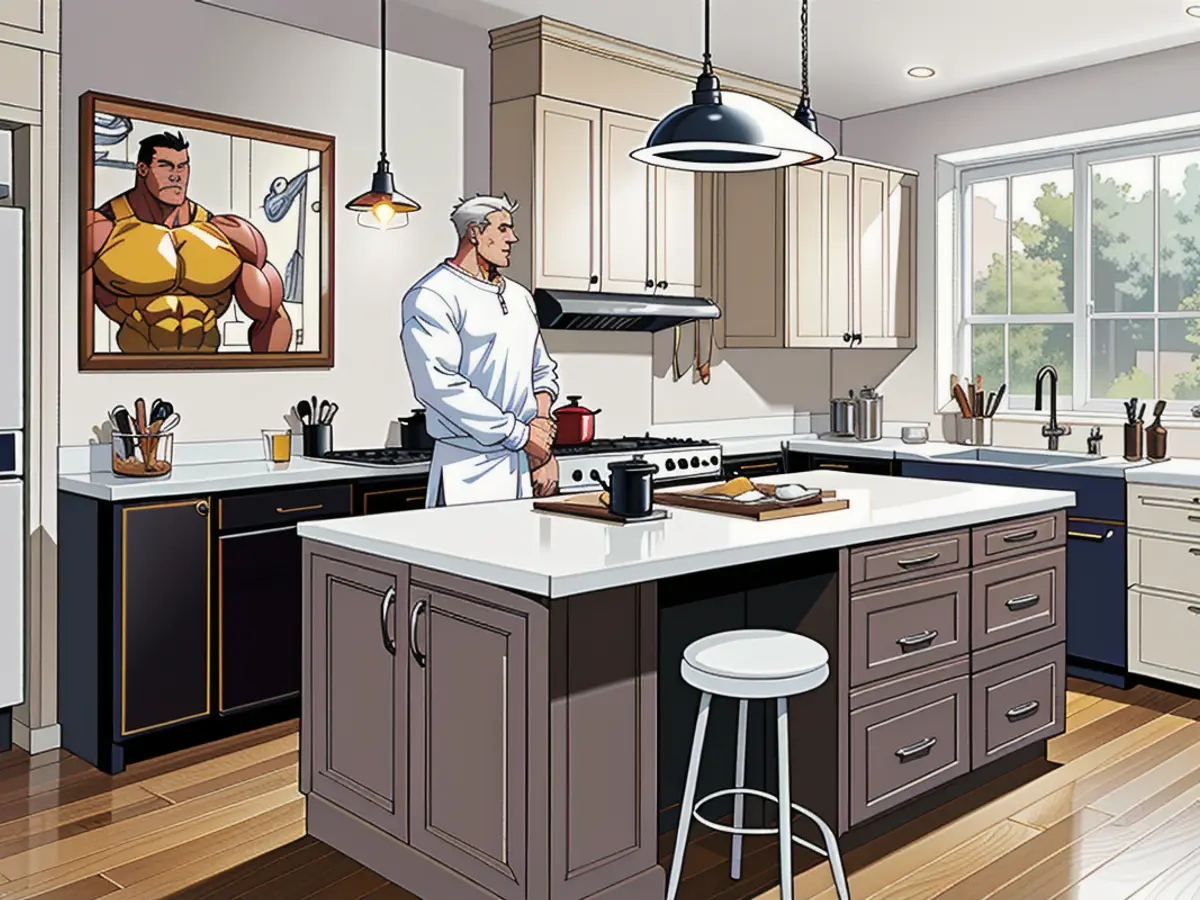
Walls Speak Volumes: Bye Bye to Accent Walls
Designer Dréa Peters advises nixing the trend of accent walls, particularly those with angular molding or trim. These types of walls can create a sense of imbalance and disrupt the flow of a room, she explains. Instead, choose a more integrated approach to color and texture throughout the room, creating a harmonious, timeless aesthetic.

Matchy-Matchy: Wood Furniture Grows Up
Sticking to one type of wood furniture can make your space look dull and one-dimensional. Austin-based designer Alicia Hassen prefers blending different wood species, finishes, and materials to create a warm, organic, and layered aesthetic. "Mix knotty pine and sleek modern furniture," she suggests. "Think painted pieces, metals, or rift-sawn oak with vertical graining."
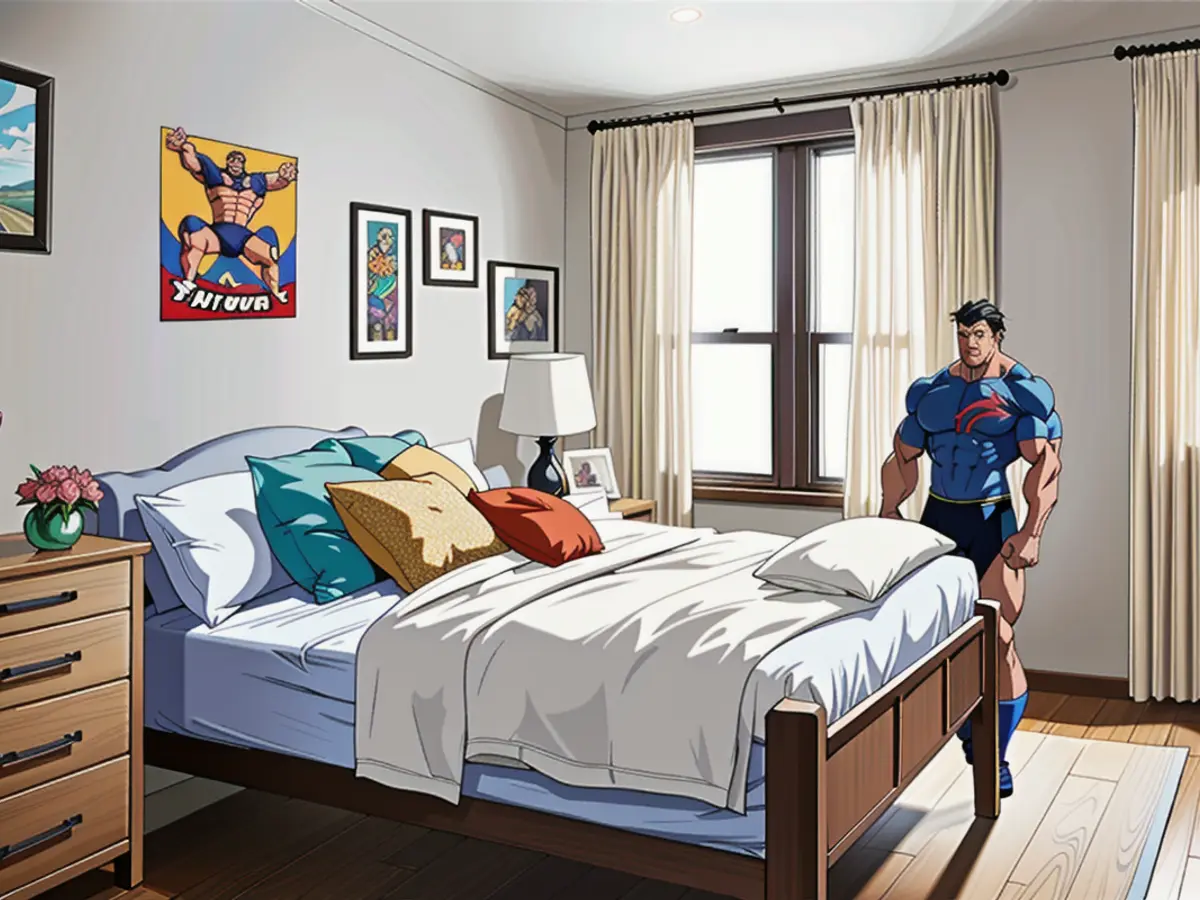
The Noise of Barn Doors:
Barn doors became popular for their rustic charm and space-saving function. Yet, they have their downsides. Designer Lesley Myrick can attest to this after moving into a home with a barn door in the primary bathroom. The door is "insanely loud to open and close" and doesn't even fully block light, she complains. However, in smaller spaces, barn doors can serve as a functional alternative when a traditional door won't fit.

Bubbles and Banthas: Sayonara to Freestanding Bathtubs
Austin-based architect Brian Carlson of McKinney York suggests avoiding freestanding bathtubs due to their difficulty in cleaning around them. Instead, he advocates for undermount bathtubs in a tile or stone deck for a cleaner, more accessible design.

Faux Never:
Designers like Gainesville, Florida's Lori Evans steer clear of trendy, fake materials. "If it's on the sale rack at a big-box store, I don't want it," she says. Another material she avoids is gray wood flooring. "I crave authenticity and want things to be what they appear," she explains. Designers are vigilant when it comes to spotting material that mimics luxury but falls short. Faux marble countertops may be inexpensive but lack the durability of real stone. Evans's advice? Invest in genuine materials.
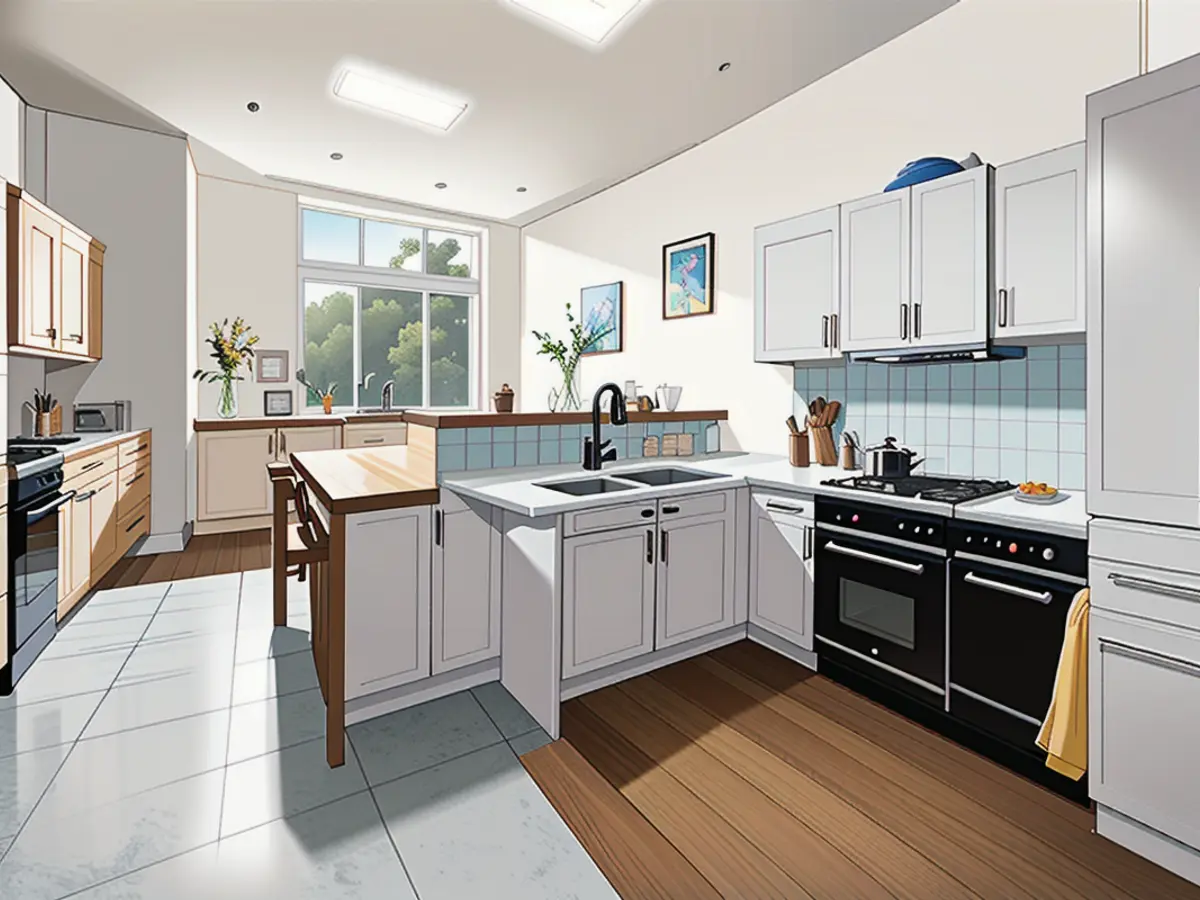
Turn Out the Lights: The War on Harsh Lighting
Designer Dréa Peters cautions against harsh lighting fixtures and visible light bulbs, stating that they can make your home feel cold and uninviting. Instead, she recommends softer, more diffused lighting to create a warm and welcoming atmosphere.

I Spy with My Little Eye: Dishonoring Awkwardly Placed Televisions
Designer Victoria Meadows advises against placing televisions in unusual spots like behind couches or in corners. "Designers don't always enjoy the black rectangle in their artfully curated room," she admits. Yet, she acknowledges the need for functionality. Meadows suggests embracing the TV as part of the design or hiding it within a built-in shelving system.
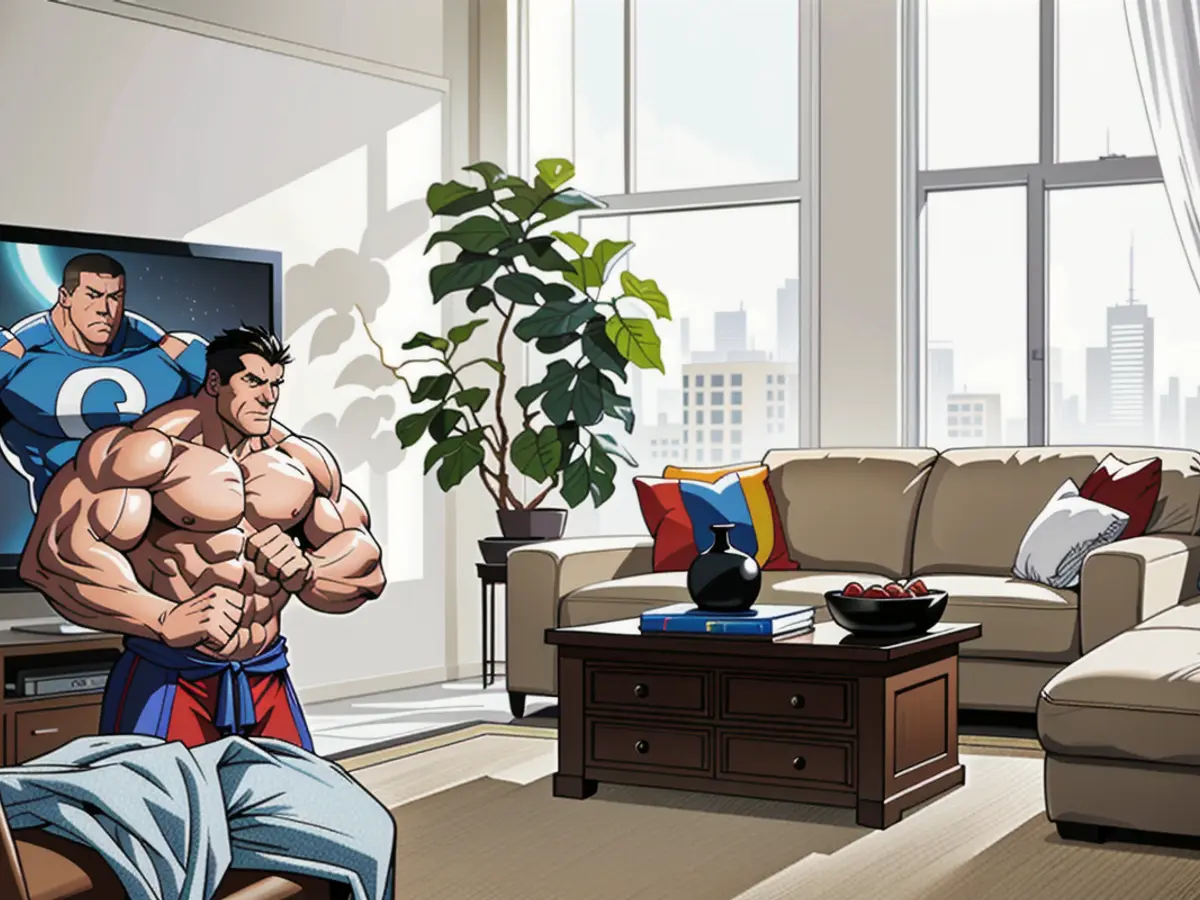
Filler-Up, Fill-Up, Fill-Up: Avoiding Space-Fillers
Designer Kelly Neely believes that designers would never buy something just to fill space. "We think our decisions through," she insists. She advises being patient and waiting for the perfect piece rather than settling for something ordinary.
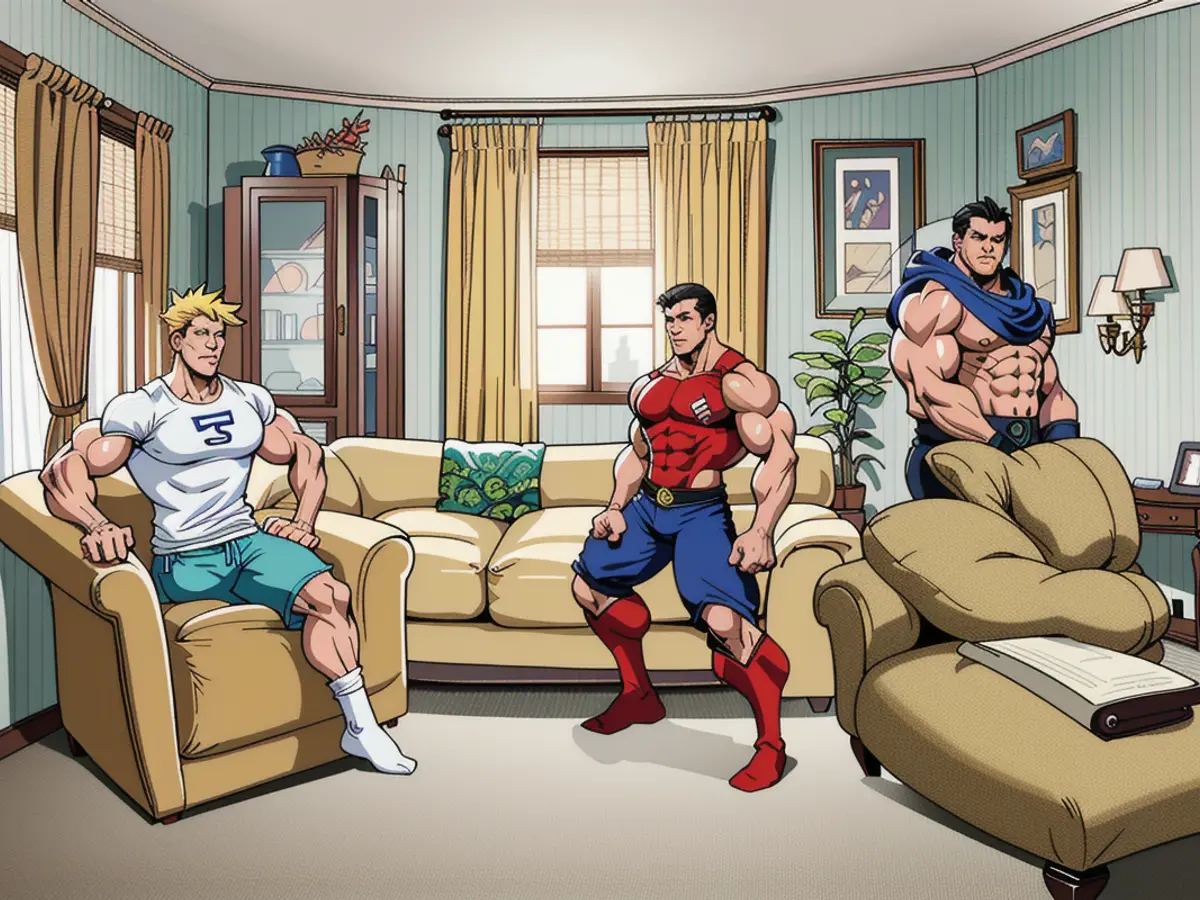
These expert tips reveal that while trends come and go, good design values functionality, aesthetics, and harmony. So, be bold and creative in your choices, but be mindful of what works (and what doesn't) for your home. After all, it's your personal sanctuary and creative playground.
- Southern Living magazine shares home decor ideas that experts can't wait to bid farewell to in 2025, including open shelving, which designer Lesley Myrick finds impractical and messy in reality.
- Designer Dréa Peters advises against the trend of accent walls, particularly those with angular molding or trim, as they can disrupt the flow of a room and create a sense of imbalance.
- Austin-based designer Alicia Hassen recommends blending different wood species, finishes, and materials to create a warm, organic, and layered aesthetic in home decor, avoiding a matchy-matchy look that can make a space seem dull and one-dimensional.
- Gainesville, Florida's Lori Evans steers clear of trendy, fake materials, investing instead in genuine materials for a more authentic look and feel in home decor.

